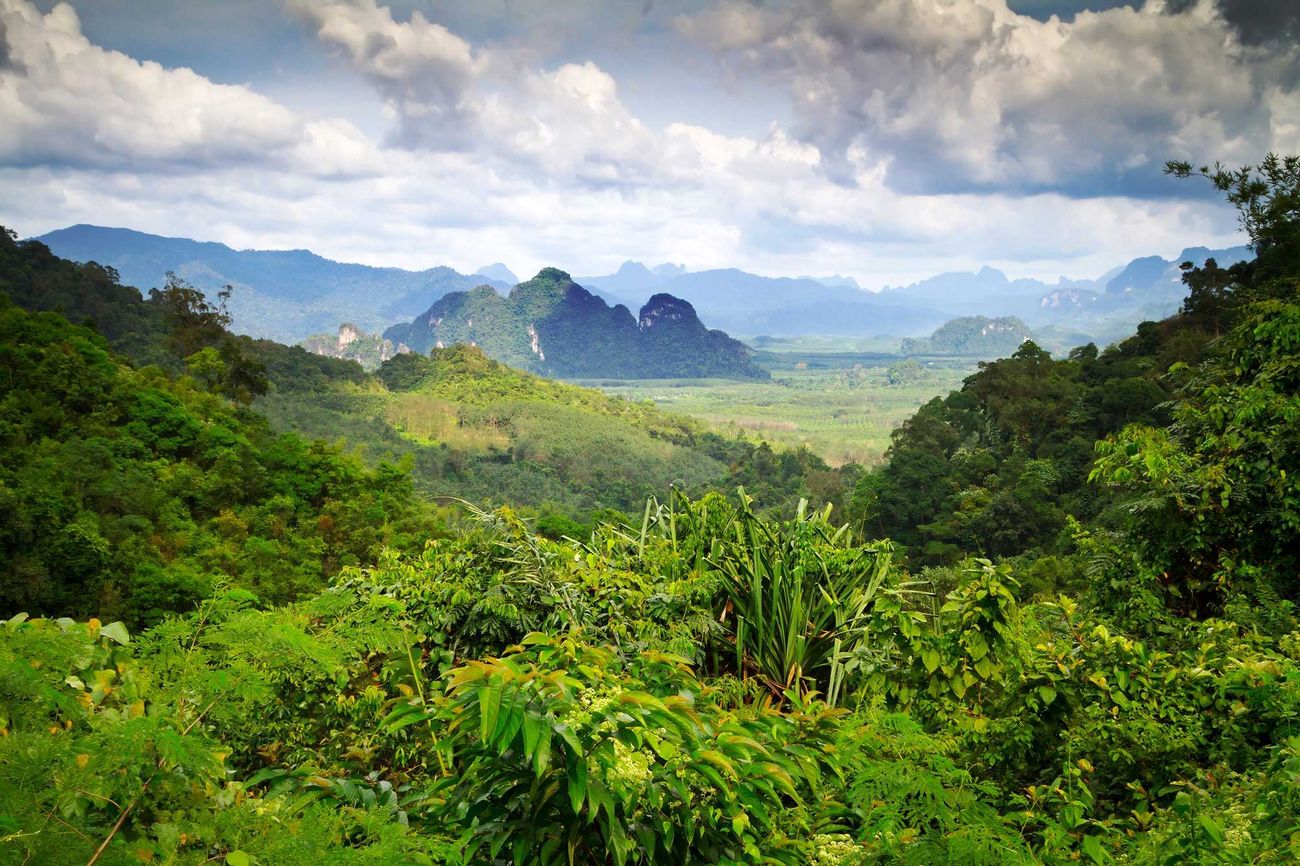
Ecosystem restoration is a hot topic these days. But what does it really mean? Ecosystem restoration involves reviving damaged environments to their natural state. This process helps bring back biodiversity, improve water quality, and combat climate change. Imagine a forest once stripped of its trees now bustling with life again. Or a polluted river transformed into a clean, thriving habitat. Ecosystem restoration isn't just about plants and animals; it benefits humans too. Cleaner air, fertile soil, and fresh water are just a few perks. Curious about how this works? Let's dive into 21 fascinating facts about ecosystem restoration that will leave you amazed!
Key Takeaways:
- Ecosystem restoration helps bring damaged ecosystems back to life, benefiting humans and nature. It involves techniques like reforestation and wetland restoration to promote biodiversity and combat climate change.
- Local communities play a crucial role in the success of ecosystem restoration projects, using their knowledge and involvement to ensure long-term sustainability and stewardship.
What is Ecosystem Restoration?
Ecosystem restoration is the process of assisting the recovery of an ecosystem that has been degraded, damaged, or destroyed. It aims to return the ecosystem to its original state, promoting biodiversity and sustainability. Here are some fascinating facts about ecosystem restoration.
-
Ecosystem restoration can involve reforestation, wetland restoration, and removing invasive species to help native plants and animals thrive.
-
The United Nations declared 2021-2030 as the Decade on Ecosystem Restoration, emphasizing its global importance.
-
Restoring ecosystems can help combat climate change by sequestering carbon dioxide from the atmosphere.
Benefits of Ecosystem Restoration
Restoring ecosystems offers numerous benefits, from environmental to economic. Let's explore some of these advantages.
-
Healthy ecosystems provide essential services like clean water, fertile soil, and pollination, which are crucial for human survival.
-
Restored ecosystems can boost local economies by creating jobs in conservation and tourism.
-
Biodiverse ecosystems are more resilient to natural disasters, reducing the impact of floods, droughts, and wildfires.
Techniques in Ecosystem Restoration
Various techniques are employed to restore ecosystems, each tailored to specific environmental needs. Here are some common methods.
-
Reforestation involves planting native trees to restore forested areas, improving air quality and providing habitat for wildlife.
-
Wetland restoration focuses on reestablishing water flow and native vegetation, which helps filter pollutants and support aquatic life.
-
Removing invasive species allows native plants and animals to recover, restoring the natural balance of the ecosystem.
Challenges in Ecosystem Restoration
Despite its benefits, ecosystem restoration faces several challenges. Understanding these obstacles is crucial for successful restoration efforts.
-
Funding can be a significant barrier, as restoration projects often require substantial financial investment.
-
Climate change can complicate restoration efforts by altering weather patterns and affecting species' survival.
-
Human activities, such as deforestation and pollution, continue to degrade ecosystems, making restoration an ongoing battle.
Success Stories in Ecosystem Restoration
There are numerous success stories worldwide that showcase the power of ecosystem restoration. Here are a few inspiring examples.
-
Costa Rica has successfully restored large areas of its rainforests, resulting in increased biodiversity and eco-tourism.
-
The reintroduction of wolves in Yellowstone National Park helped restore the park's ecosystem by controlling deer populations and allowing vegetation to recover.
-
China's Loess Plateau transformed from a barren landscape to a fertile region through extensive soil and water conservation efforts.
The Role of Communities in Ecosystem Restoration
Local communities play a vital role in the success of ecosystem restoration projects. Their involvement ensures long-term sustainability and stewardship.
-
Indigenous knowledge and practices can guide restoration efforts, as these communities have a deep understanding of their local ecosystems.
-
Community-led restoration projects often have higher success rates because locals are invested in the long-term health of their environment.
-
Education and awareness programs can empower communities to take action and support restoration initiatives.
Future of Ecosystem Restoration
The future of ecosystem restoration looks promising, with advancements in technology and increased global awareness. Here are some trends to watch.
-
Drones and satellite imagery are being used to monitor and assess restoration progress, making it easier to track changes over time.
-
Genetic research is helping scientists understand how to restore ecosystems more effectively by selecting resilient plant and animal species.
-
International collaborations and policies are fostering a global movement towards large-scale ecosystem restoration, aiming to restore millions of hectares of degraded land.
The Power of Ecosystem Restoration
Ecosystem restoration isn't just a buzzword; it's a lifeline for our planet. By restoring damaged ecosystems, we can combat climate change, protect biodiversity, and ensure a healthier environment for future generations. Simple actions like planting trees, cleaning up rivers, and protecting wetlands can make a huge difference. Governments, communities, and individuals all play a role in this vital work.
Restoration efforts also create jobs, support local economies, and improve our quality of life. It's a win-win situation for both nature and people. So, next time you hear about a restoration project, remember its importance. Every small step counts toward a more sustainable future. Let's all do our part to heal the Earth and leave a legacy of thriving ecosystems for those who come after us.
Frequently Asked Questions
Was this page helpful?
Our commitment to delivering trustworthy and engaging content is at the heart of what we do. Each fact on our site is contributed by real users like you, bringing a wealth of diverse insights and information. To ensure the highest standards of accuracy and reliability, our dedicated editors meticulously review each submission. This process guarantees that the facts we share are not only fascinating but also credible. Trust in our commitment to quality and authenticity as you explore and learn with us.
